I hate rats. They destroyed my attic, chewed through my phone lines, and cost me over $1000 in extermination fees. When they came back for the third time, I took things into my own hands and learned all of the DIY rodent control services and methods to deal with the rats by myself.
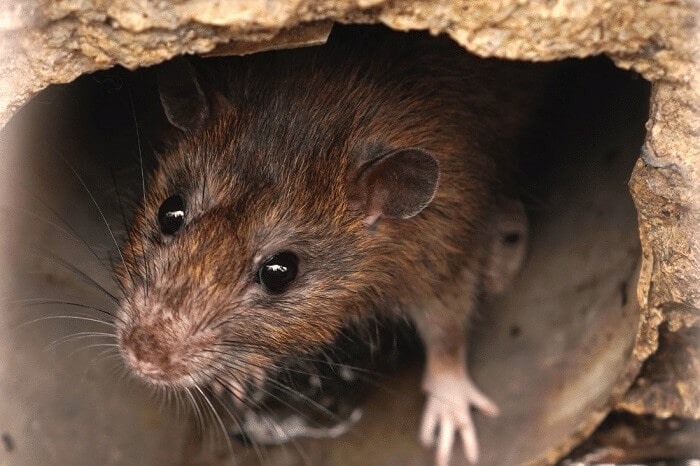
Now I am sharing what I learned with you.
Step one in the rat control eradication process is letting go of any uncertainty you have about doing these rodents harm. Deep down, most of us want to “live and let live,” and the idea of harming another living creature unsettles us.
Let it go. The only thing these creatures care about is destroying your property and spreading disease through rodent droppings.
They will not play nice. They will not go away on their own. If you want these nasty things gone, then the only option is to kill them.
DIY METHODS TO KILL RATS & RAT INFESTATION CONTROL
Killing Rats with Traps
There are several types of traps available. There are snap traps, electric traps, live traps, and glue traps.
Some of these traps work GREAT, and some are junk. Some of the great traps can be scary for a novice, but some easier-to-use options are available.
To find out which traps work best and how to use them effectively and safely, read this article on Rat Traps that Work.


Killing Large Population Rat Infestation
When dealing with large-scale infestations or rodents who have learned to avoid traps and poisons, here is a logical choice to consider: there have been advances made in rodenticides products that are effective at killing vermin but are safe to use around kids and pets.
To learn about the different types of rat poisons and how to use them read this article about the Best Rat Poison Options.
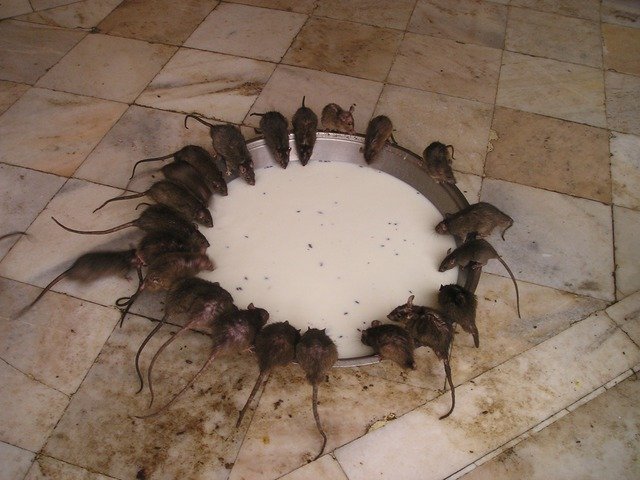
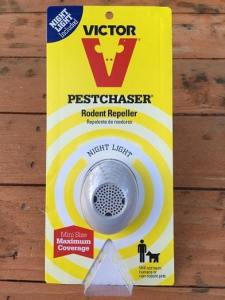
Natural Ways to Killing Rats
If you don’t want to use traps or poison to deal with your rat control problem, then you can employ some “all-natural” solutions to get rid of your rodents. I am not sure how practical these solutions would be for everyday homeowners, but I figured I would list them for the sake of completeness.
Repellents
Repellents do NOT kill rats. While many people have reported getting rid of rats exclusively through repellents, I have found that they are best used as part of an overall rodent elimination strategy. Here is more information about the best rat repellent options.
Dogs
Some dogs were specifically bred to kill rats. Breeds like the Jack Russel and West Highland terriers are absolute ratting machines! Here is more information about ratting dogs.
Feral Cats
There is a LOT of debate about the use of feral cats to control rodent populations. I am not here to make a case for or against feral cats, but the page gives you both positions if cats really eat rats.
Raptors
Hawks and owls LOVE to eat rodents and are incredibly proficient hunters. Here is a site that teaches you how to attract owls to your property.
Dry Ice
Some major municipalities like Chicago and Washington DC have started large-scale eradication programs utilizing dry ice. Workers will find rat burrows and shove blocks of dry ice into the opening. As the dry ice sublimates, it releases massive amounts of carbon dioxide into the burrow and suffocates the rodents.
While the dry ice technique is elegant (it leaves no chemical residues) it is also labor-intensive.
Hiring an Exterminator
There is nothing wrong with hiring an exterminator to do the dirty work for you.
There is plenty wrong with hiring a pest control company that doesn’t know how to deal with rats.
To learn how to hire the right professional and not get ripped off, read this article on Rat Exterminators.
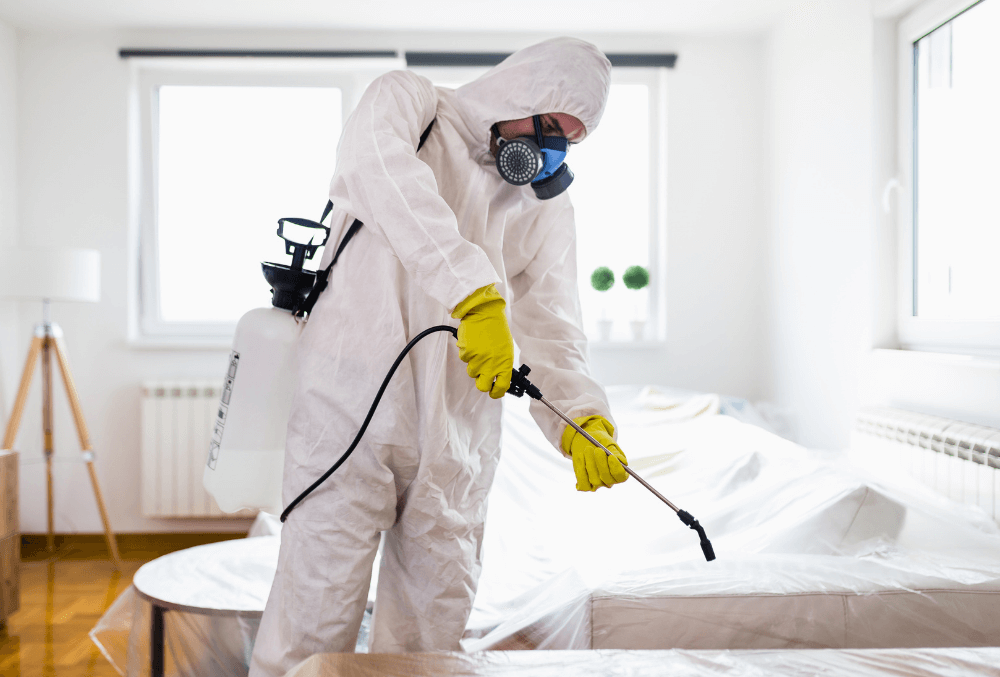
Keep Rat Populations from coming back!
While you are getting rid of the rodents, you need to take steps to prevent others from taking their place. Rats breed at an amazing rate, with a single female capable of birthing nearly 1000 babies per year. These critters would love to come in and take the home of the rodents you just eradicated.
Rats come into your home because something attracted them, and they were able to access the interior. You need to solve BOTH of these problems.
Figuring out what attracted rats to your house is usually pretty easy. Rats are simple creatures with basic needs of food, water, and shelter. Some common food sources that attract rats are grease from barbecue pits, spilled birdseed, and garbage cans with loose-fitting lids.
Outside food or water bowls for your pets can attract rats. Rats also enjoy dining on dog poop.
Do a basic inspection around your house and look for potential food or water sources and remove them.
The hardest part in the entire process of getting rid of rats is figuring out how they got into your home.
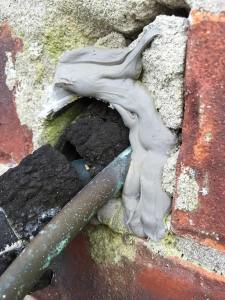
You have to find the cracks and holes the rats used to get into your home and seal them up. Common entry points for rats are utility entries, settling cracks that form at the corner of houses, and damaged soffits.
If you live in a coastal area where roof rats are populous, you will need to get on your roof and place wire mesh around any vents or open access points to your attic. Roof rats are incredible climbers, so it is vital to cut back any tree limbs within 10 feet of your roof.
If you haven’t found the information you need on this site, you can keep researching at this site maintained by the University of California. And if you’re from California, you may contact our Los Angeles rodent control experts.
Frequently Asked Questions
Sanitation is the most effective method of getting rid of rats. Keep all trash and food in closed bins, quickly clean up any spills, and keep your pipes and drains clean.
The most common natural rodent repellents are peppermint oil, chili powder, citronella, and eucalyptus. Chemical odors such as ammonia, bleach, and mothballs can also deter mice.
Yes! Traps are one of the most effective methods for quickly getting rid of rats. Consider using snap traps, which are a quick way to kill rats instantly, for the best results
Rats are omnivores, thier diet consist of vegetables, fruits and meats
YES! Rats are highly wary of anything new in their environment, including traps. They’ll avoid them until they’ve had enough time to get to know them.

